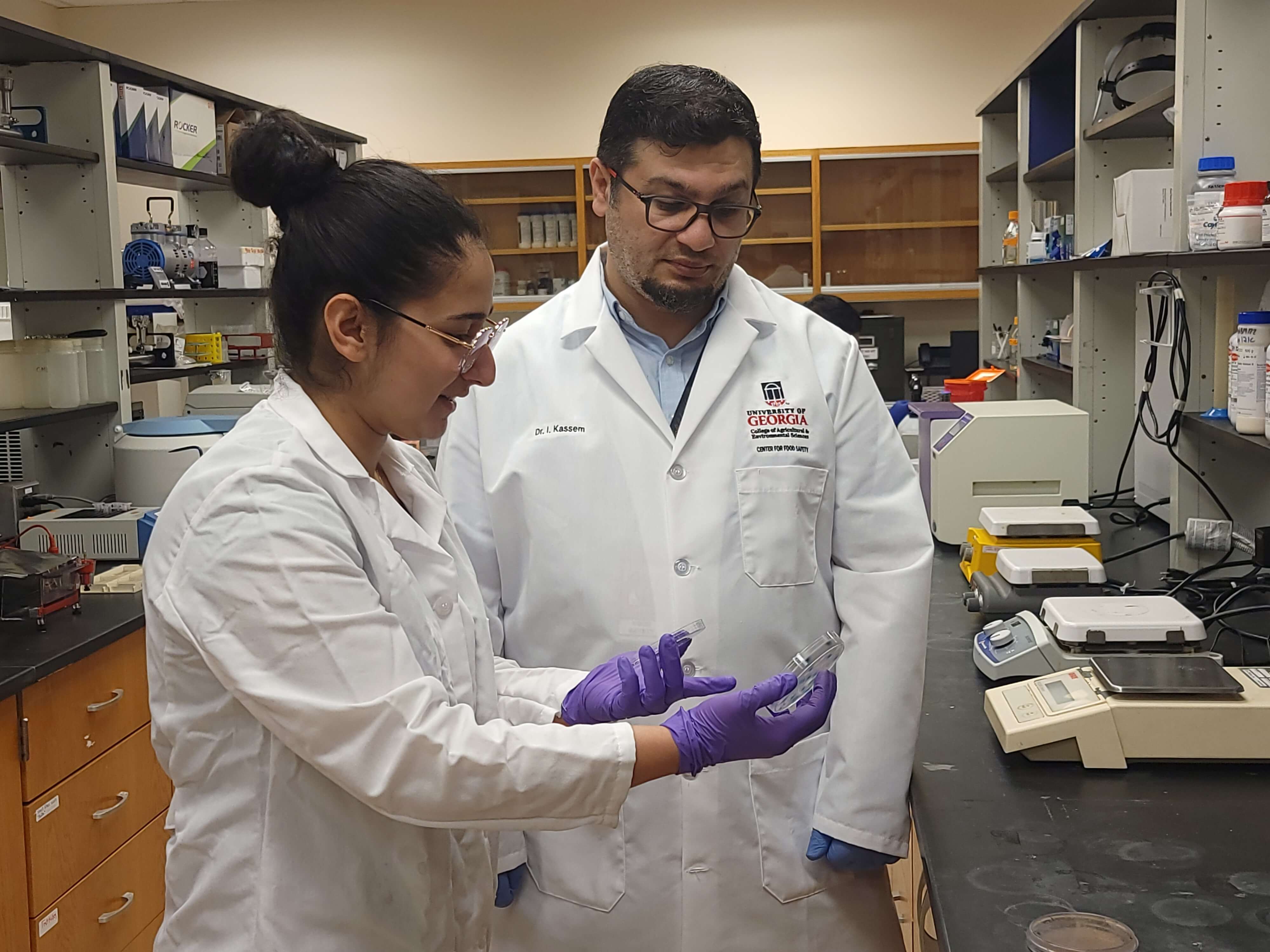For the second time in two years, a nationwide outbreak of salmonellosis has been tied to peanut products. This time, more than 570 people have been sickened and more than 1,700 products have been taken off supermarket shelves so far, in what is now the largest food-related recall in the country’s history.
Is there something special about peanut products that we should know?
Yes, said Mike Doyle, Regents Professor of Food Microbiology and director of the University of Georgia Center for Food Safety in Griffin, Ga. Doyle advises the food industry on how to prevent food-borne illness and food policymakers on strengthening our nation’s food safety regulations.
Heat affects quality
“What we’ve learned,” Doyle said, “is that peanut butter needs heat over 190 degrees F. for over 40 minutes to kill salmonella, but such lengthy heating times may affect the quality of the product.”
In contrast, the recommended temperature for cooking ground beef to kill bacteria is 160 degrees F. for just a few seconds.
Peanuts have a high fat content, but unlike meats — which also must be cooked properly to inactivate bacteria — they are low in moisture, Doyle explained. The salmonella are protected against heat inactivation by the high fat content and low moisture of the peanuts.
Finding treatment methods
Following an outbreak of salmonellosis in 2006-2007 that was linked to peanut butter from a processing plant in south Georgia, Doyle worked closely with the company and the Centers for Disease Control and Prevention to determine the type of treatments that will kill salmonella and what practices might be applied at different stages of the process of making peanut butter.
Only one critical control point emerged in the studies, Doyle said. “The emphasis needs to be placed on the peanut roaster. The temperature and time for roasting the peanuts needs to be properly applied and monitored.”
Contamination of the peanuts after roasting is another issue. Because the quality of peanut butter can suffer from treating it with heat, the emphasis needs to be first on proper roasting of the peanuts, and second on maintaining a salmonella-free environment.
“Food safety requires sticking to good manufacturing processes, no matter what food product is involved,” he said.
Chocolate difficult, too
Peanuts aren’t the only food with these qualities. Chocolate also can harbor salmonella if not properly treated, Doyle said. Like peanuts, the high-fat, low-moisture cacao beans from which chocolate and cocoa are made must be properly roasted to destroy salmonella.
Doyle explained that the high fat content of peanut butter, or chocolate, also protects salmonella in the stomach of the person ingesting these foods if they are contaminated. Even in the acidic environment of a person’s stomach, the fat in these foods continues to provide a protective environment for salmonella, enabling it to survive, and then grow, when it reaches the small intestine.






